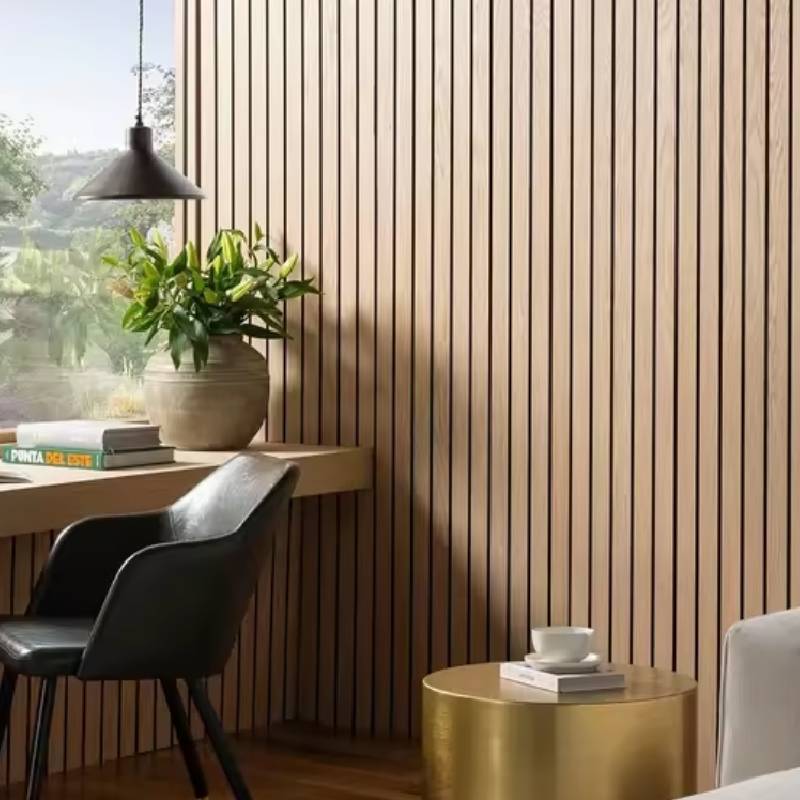Acoustic Wood Wool Panels An Overview of Sound Management Solutions
In recent years, the growing emphasis on interior acoustics has led to the increased popularity of various soundproofing materials, among which acoustic wood wool panels have emerged as an exceptional solution. These panels, made from natural wood fibers combined with cement, offer not only functional benefits but also aesthetic appeal, making them an excellent choice for a variety of environments. This article will explore the characteristics, benefits, and applications of acoustic wood wool panels, shedding light on why they are revolutionizing acoustical management in interior spaces.
What are Acoustic Wood Wool Panels?
Acoustic wood wool panels consist of wood fibers that are bonded together using a cementitious material, often incorporating a small percentage of natural additives. This unique composition creates a porous structure that is effective in absorbing sound, thereby enhancing the acoustic quality of any space. The panels typically come in various sizes, thicknesses, and finishes, providing architects and designers with versatile options to suit their creative vision.
Sound Absorption and Control
The primary function of acoustic wood wool panels is to control sound. They are designed to absorb sound waves rather than reflect them, which is essential in reducing noise pollution and echo in indoor environments. The porous structure allows sound waves to enter the panels, where they lose energy and are converted into a small amount of heat. This sound absorption quality is measured using the Noise Reduction Coefficient (NRC), where higher values indicate better performance. Many acoustic wood wool panels boast NRC ratings of 0.6 to 0.9, making them suitable for spaces where sound clarity and quality are critical.
Environmental Sustainability
One of the most appealing aspects of acoustic wood wool panels is their environmental sustainability. They are often made from recycled wood fibers, contributing to waste reduction and promoting eco-friendly practices. Furthermore, the panels are typically free from harmful chemicals and adhesives, making them a safe choice for indoor air quality. In an era where sustainable design is paramount, incorporating such panels into a project not only enhances acoustics but also aligns with green building practices.
Aesthetic Versatility
Beyond their functional benefits, acoustic wood wool panels offer significant aesthetic versatility. Available in a range of colors, textures, and finishes, they can be seamlessly integrated into any interior design scheme. Whether utilized in commercial spaces like offices, restaurants, and concert halls, or in residential settings, these panels add natural warmth and texture to interiors while effectively addressing acoustical challenges. Designers often leverage the aesthetic appeal of wood wool panels by using them as artistic features or focal points in a room.
acoustic wood wool panels

Applications
The applications of acoustic wood wool panels are vast. They are commonly used in environments where sound quality is essential, such as
1. Commercial Spaces Offices, conference rooms, and restaurants utilize acoustic panels to facilitate better communication by reducing background noise.
2. Educational Institutions Classrooms and auditoriums benefit from improved sound clarity, enabling enhanced focus and learning.
3. Healthcare Facilities Hospitals and clinics leverage these panels to create calming environments that minimize auditory distractions for patients and medical staff.
4. Residential Areas Home theaters, music rooms, and open-concept living spaces can utilize acoustic wood wool panels to enhance sound quality and reduce noise transmission.
Installation and Maintenance
Installing acoustic wood wool panels is relatively straightforward, whether they are wall-mounted or suspended from ceilings. Various mounting methods, including adhesive, clips, or frames, allow for customizable installation, depending on project requirements. Maintenance is minimal; a simple dusting or vacuuming is usually sufficient to keep the panels looking fresh while ensuring their performance is not compromised.
Conclusion
Acoustic wood wool panels represent a forward-thinking solution for managing sound in various applications. Their ability to absorb sound effectively, combined with their sustainable composition and aesthetic versatility, makes them a favored choice among architects, designers, and contractors. As the demand for improved acoustic environments continues to rise, acoustic wood wool panels are undoubtedly poised to play a vital role in the design and construction of spaces that are not only functional but also visually appealing. By choosing these panels, we invest in a future where sound clarity and environmental consciousness go hand in hand.
